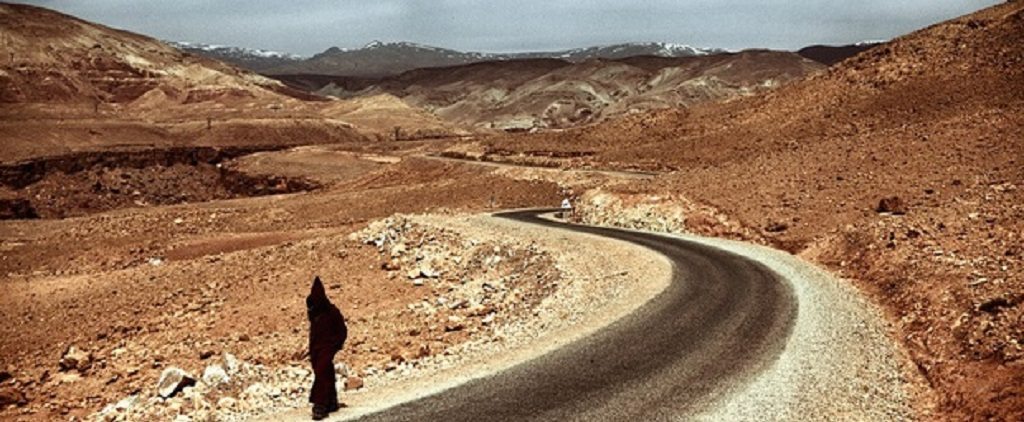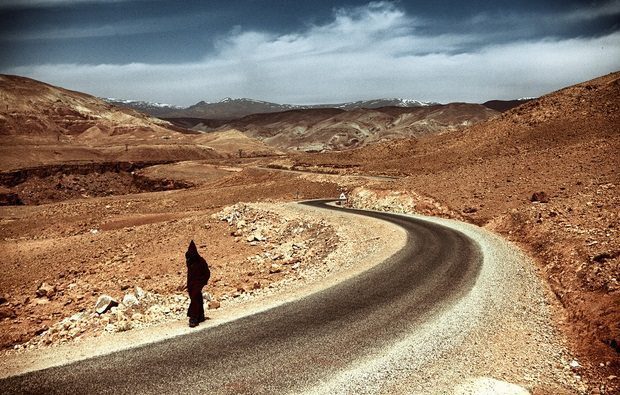[dropcap style=”font-size:100px; color:#992211;”]H[/dropcap]aving paid witness to numerous atrocities executed throughout the opening years of World War II, Antoine Saint-Exupéry penned Letter to a Hostage in 1940.
It is “a poignant meditation [that explores] questions of identity, belonging, empathy, and the life of the spirit amidst death”, as aptly described by Maria Popova.
Included in this unique work, which Saint-Exupéry wrote while traveling aboard a crowded ship headed for New York, are his reflections upon a period of time he spent in Northern Africa and the impact that its magnificent landscape had upon him:
I lived three years in the Sahara. I also, like so many others, have been gripped by its spell. Anyone who has known life in the Sahara, its appearance of solitude and desolation, still mourns those years as the happiest of his life. The words ‘nostalgia for sand, nostalgia for solitude, nostalgia for space’ are only figures of speech, and explain nothing. But for the first time, on board a ship seething with people crowded upon one another, I seemed to understand the desert.
Again, Saint-Exupéry’s great regard for the desert’s transformative power is evidenced in the children’s classic The Little Prince (1943), published just three years later. Not only did Saint-Exupery use the Sahara as a backdrop to set this novella, but he used it as a catalyst to purport a great change in his narrator’s perception and understanding.
Whether photographer Zakaria Wakrim is a fan of Saint-Exupéry, I cannot say. But living in Morocco seems to have provided him with a similar regard for the wondrous powers of Northern Africa’s landscape.
While the subject of his photographic series Amarg is the lone, indigenous Amazigh who has for centuries inhabited the rural regions of the Sahara and Atlas Mountains, it is Wakrim’s unique pairing of this mystical figure against the vast and boundless terrain over which he traverses daily that imparts a deep and fundamental understanding of the desert’s magnanimous capacity for spurring the type of introspection and enlightenment about which Saint-Exupéry wrote with such passion.
Images © Zakaria Wakrim
[button link=”http://zakariawakrim.com/amarg/” newwindow=”yes”] Zakaria Wakrim : Amarg[/button]






















